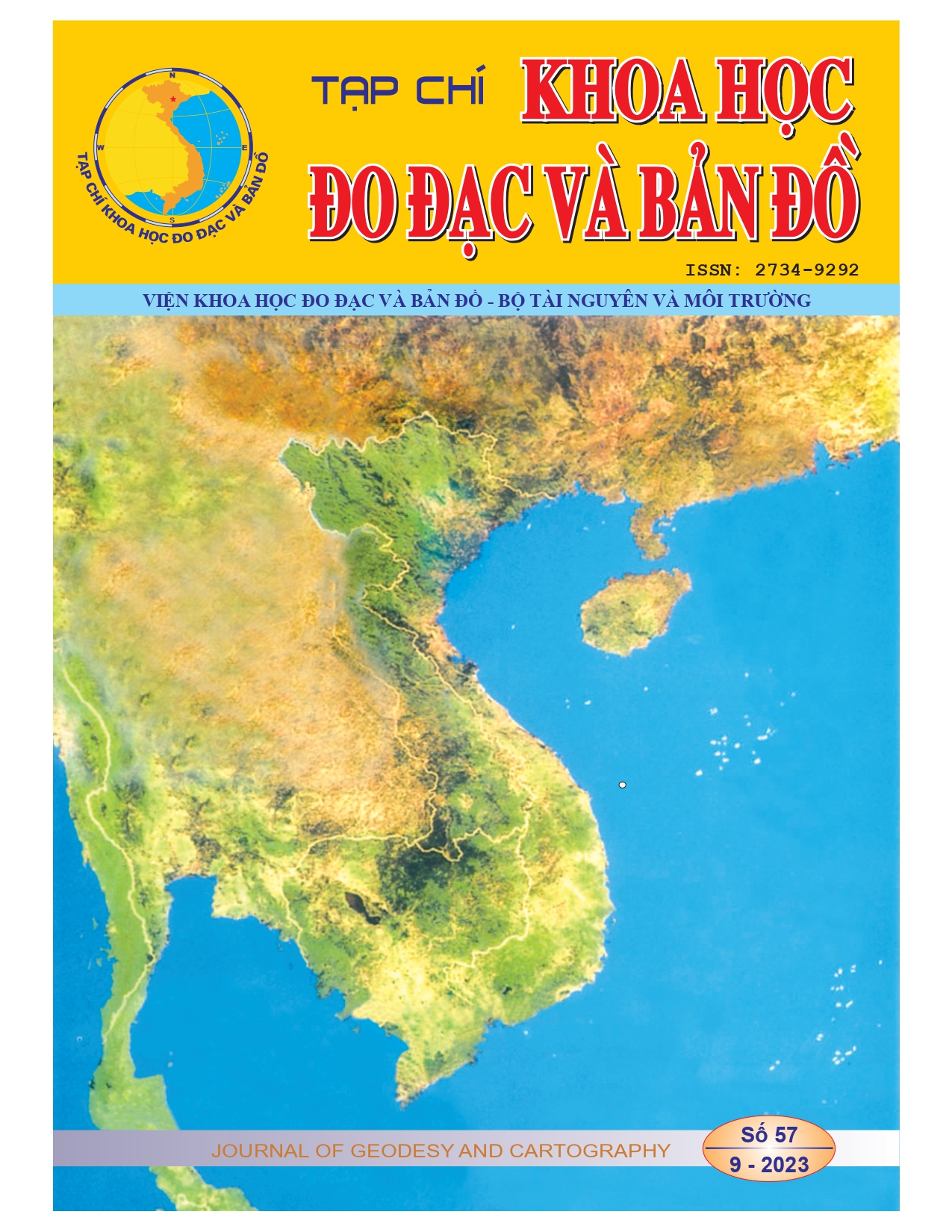Abstract
Air pollution causes many problems for humans around the world. According to the WHO, air pollution causes 7 million deaths annually, of which Asia-Pacific accounts for about 4 million. In particular, fine dust pollution PM2.5 is the culprit causing the most deaths. The research objective is to develop a solution to establish a PM2.5 map using remote sensing and a Multiple Linear Regression AI algorithm. PM2.5 are tiny dust particles in the air with a diameter of less than or equal to 2.5 µm. This type of dust is formed from substances such as Carbon monoxide (CO), Sulfur dioxide (SO2), Nitrogen dioxide (NO2) and other metal compounds suspended in the air. The calculation of PM2.5 in the linear relationship between the dependent variable PM2.5 and the independent variables CO, SO2, NO2... (predictor variable) is based on the Multiple Linear Regression machine learning algorithm with a highly scientific and practical mean. The results of this study provide a solution to create an automated PM2.5 fine dust map based on remote sensing data and ground air monitoring parameters

